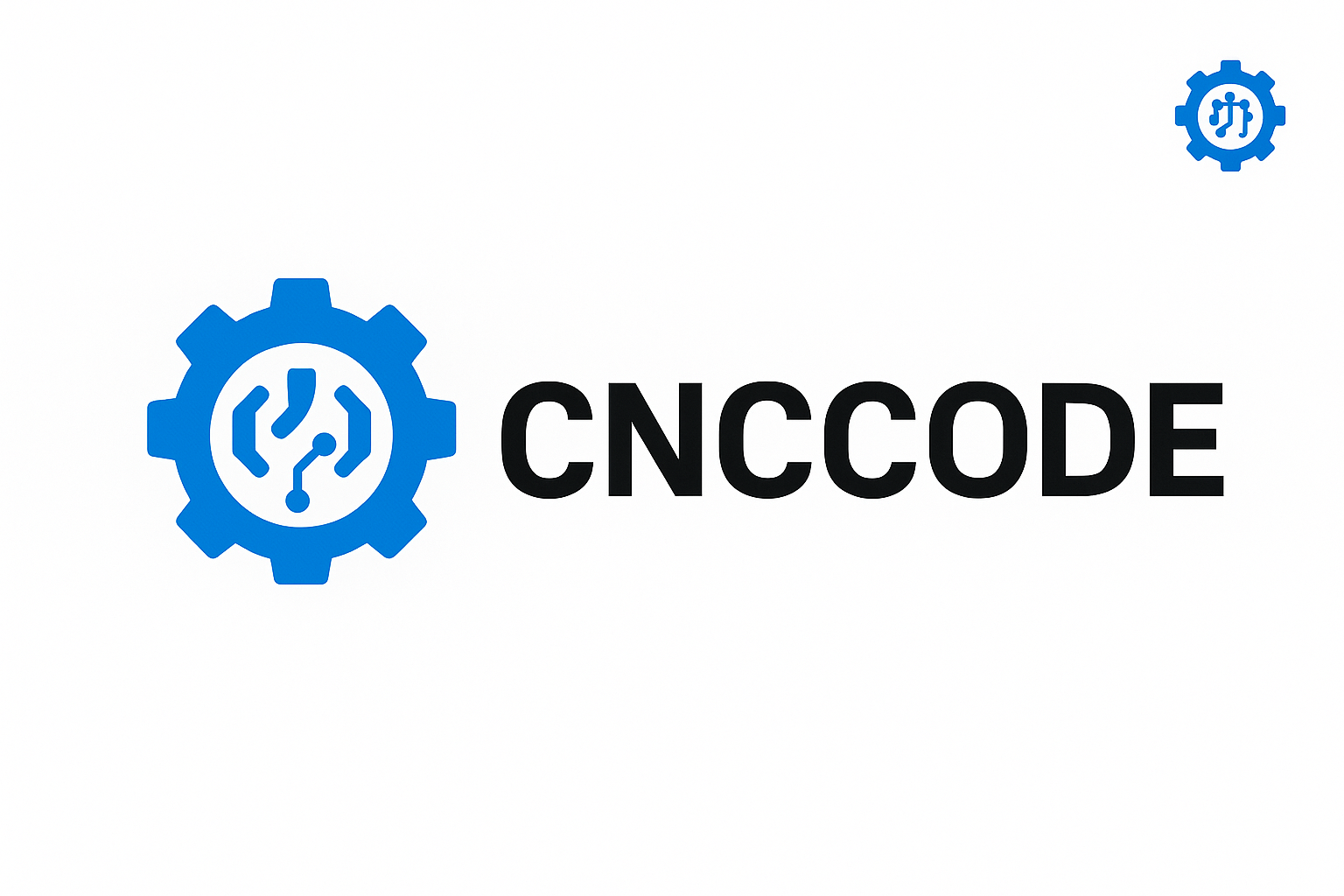Master CNC safety with this comprehensive guide. Learn essential safety rules, PPE standards, operator best practices, and workshop safety tips to prevent accidents and improve productivity.
CNC Safety & Best Practices: A Complete Guide for Machine Operators
CNC machines are powerful and precise—but when misused, they can be dangerous. Whether you’re working in a home garage or a high-production facility, safety must always come first. This guide covers critical CNC safety protocols, operator behavior, environment setup, maintenance routines, and emergency practices that every machinist must follow.
🛡️ Why CNC Safety Matters
Modern CNC machines operate at high speeds with sharp tools, powerful motors, and automatic movements. Accidents can lead to severe injury, costly downtime, or legal consequences. A safe CNC shop protects both people and equipment.
🔍 Common CNC Hazards
- Flying chips or shrapnel from cutting materials
- Rotating spindles, collets, and cutting tools
- Loose clothing or accessories getting caught
- Electrical fires or overheating
- Improper use of software causing crashes
- Compressed air injuries
👷 Personal Protective Equipment (PPE) Checklist
- Safety goggles or face shields
- Hearing protection (earplugs or earmuffs)
- Protective gloves (non-loose, anti-cut)
- Steel-toed shoes or boots
- Fire-resistant clothing (avoid synthetic fabrics)
- Dust masks or respirators if machining wood/composites
⚠️ CNC Operator Safety Rules
- Always double-check toolpaths before executing G-code
- Never leave a running machine unattended
- Keep emergency stop (E-stop) accessible
- Remove chuck keys and tools before starting
- Secure workpieces firmly—never assume friction will hold
- Inspect tools and collets for wear or cracks
- Stay clear of moving parts, even during simulation
🏗️ Shop Environment Best Practices
A clean and organized workshop promotes safety:
- Label all machines and warning zones
- Ensure adequate lighting over workstations
- Keep walkways clear of materials and wires
- Install fire extinguishers and mark exits clearly
- Use CNC enclosures or chip guards where possible
🧰 CNC Machine Maintenance & Safety
Preventive maintenance reduces unexpected breakdowns:
- Check lubrication levels weekly
- Inspect belts, bearings, and rails monthly
- Clean chips and debris daily from all surfaces
- Replace dull tools immediately
- Update machine firmware and software securely
📋 Safety Training and Certification
Operators should undergo formal safety training, including:
- OSHA compliance courses (U.S. based)
- Online CNC safety modules or local workshops
- Machine-specific manufacturer training
- Internal company guidelines review
📊 CNC Safety Infographic
Here’s a quick view of key best practices:
| Safety Area | Best Practice |
|---|---|
| Eye Protection | Wear goggles or face shields at all times |
| Toolpath Validation | Simulate all G-code in software before machining |
| Machine Check | Inspect before and after each shift |
| Emergency Access | Know location of E-stop and first aid kit |
🚨 Emergency Procedures
Every shop should have protocols in place for:
- Machine fire (kill power, use CO2 fire extinguisher)
- Tool crash (E-stop and report incident)
- Injury response (first aid, contact supervisor)
- Electrical failure (disconnect power safely)
📝 CNC Safety Logs and Checklists
Keep records for accountability:
- Daily machine checklists
- Incident logs and resolutions
- Training completion records
- PPE usage monitoring
🔚 Conclusion: CNC Safety is Everyone’s Job
Whether you’re operating a small router in a hobby shop or managing industrial CNC mills, safety is non-negotiable. Following the best practices listed above helps you avoid accidents, prolong machine life, and create a secure environment for all personnel. Visit cnccode.com for downloadable CNC safety posters, checklist templates, and training videos.

Leave a comment